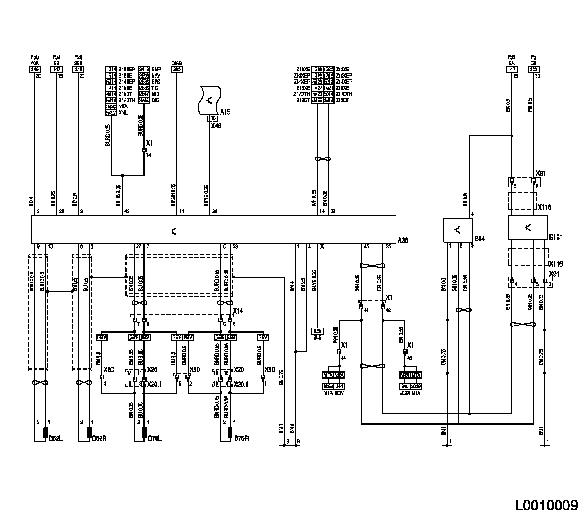

The biggest risks to FoV accuracy are in not actually knowing the accurate sensor size or accurate focal length, also course, your vague guess about the distance likely may not be precise (but the angle of FOV is not dependent on the distance). If you don't know sensor size, Option 4 can be just the ticket for phones and compacts, but if unsure about what it wants, please see this summary of Issues determining Sensor Size which might help. Determining this otherwise can be a rather difficult task (especially for video formats), and there are still ifs and buts. The image Exif data may show some what you need to know to obtain some of the required information about your cell phone or compact camera to operate this calculator. Or somewhat related (same math), another calculator can compute distance or size of an object in a photo. The Depth of Field calculator here can also show Field of View at both subject and at background. Another page is a Field of View math section if interested in that. There's also a large chart of Field of View (angular, in degrees) for many lens focal lengths and a few popular sensors on the next page. More usage descriptions are below the calculator. And the background may be six feet farther back yet, then how large does it have to be? This calculator can plan or verify your choice. What focal length is that field size and distance going to require? (Option 6, and it depends on your sensor size). You know you need to stand back six or eight feet for proper portrait perspective. We don't always care about precise field size, but suppose you plan a portrait to include a 2x3 foot subject area. Field of View is an angle which depends on the focal length and sensor size, but the calculator also computes dimensional Field of View sizes (width, height, or diagonal fields) at some specific distance, like at the subject distance, and another, like at a background distance. This calculator tool computes the Field of View seen by your camera and lens.


 0 kommentar(er)
0 kommentar(er)
